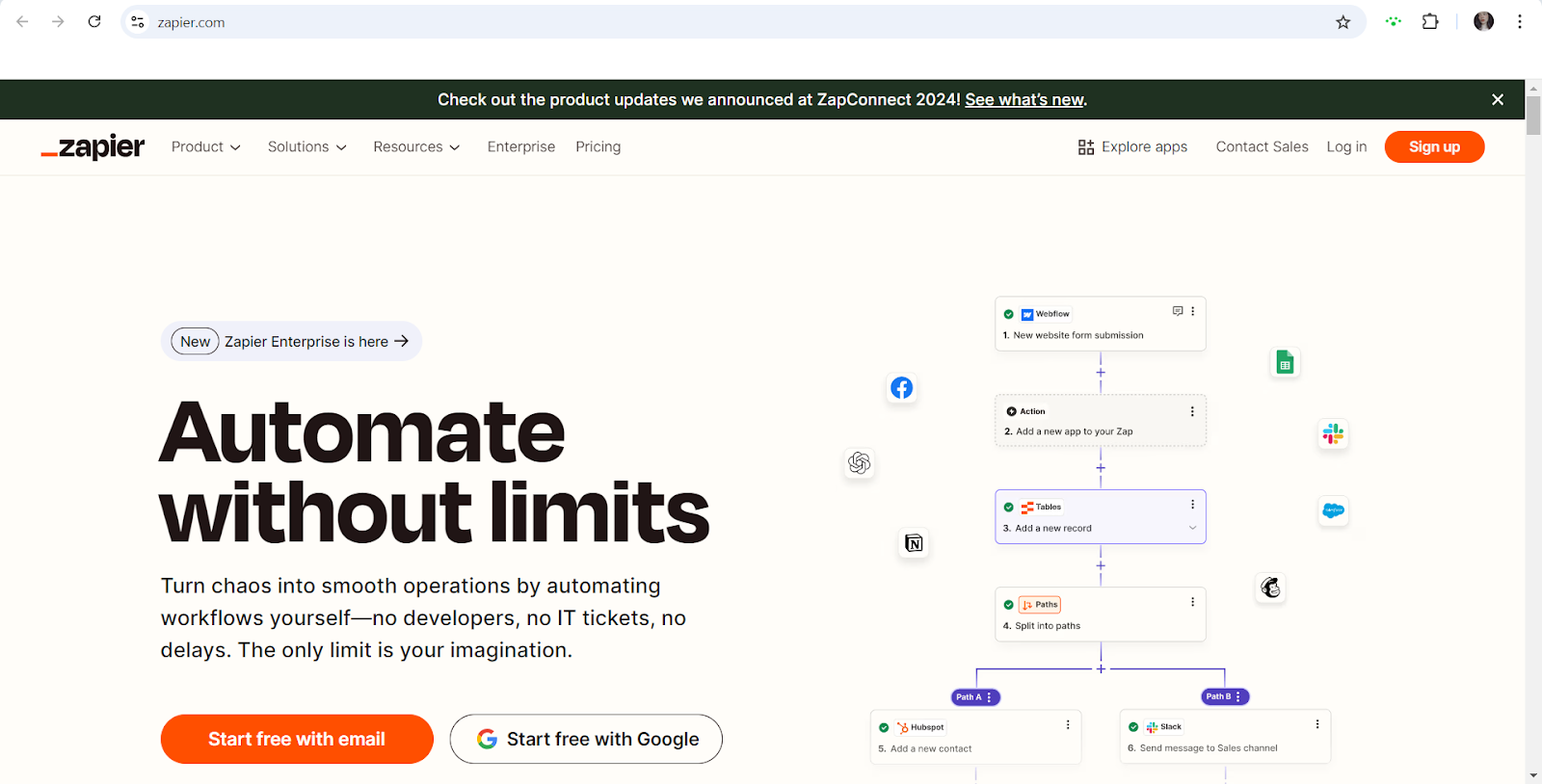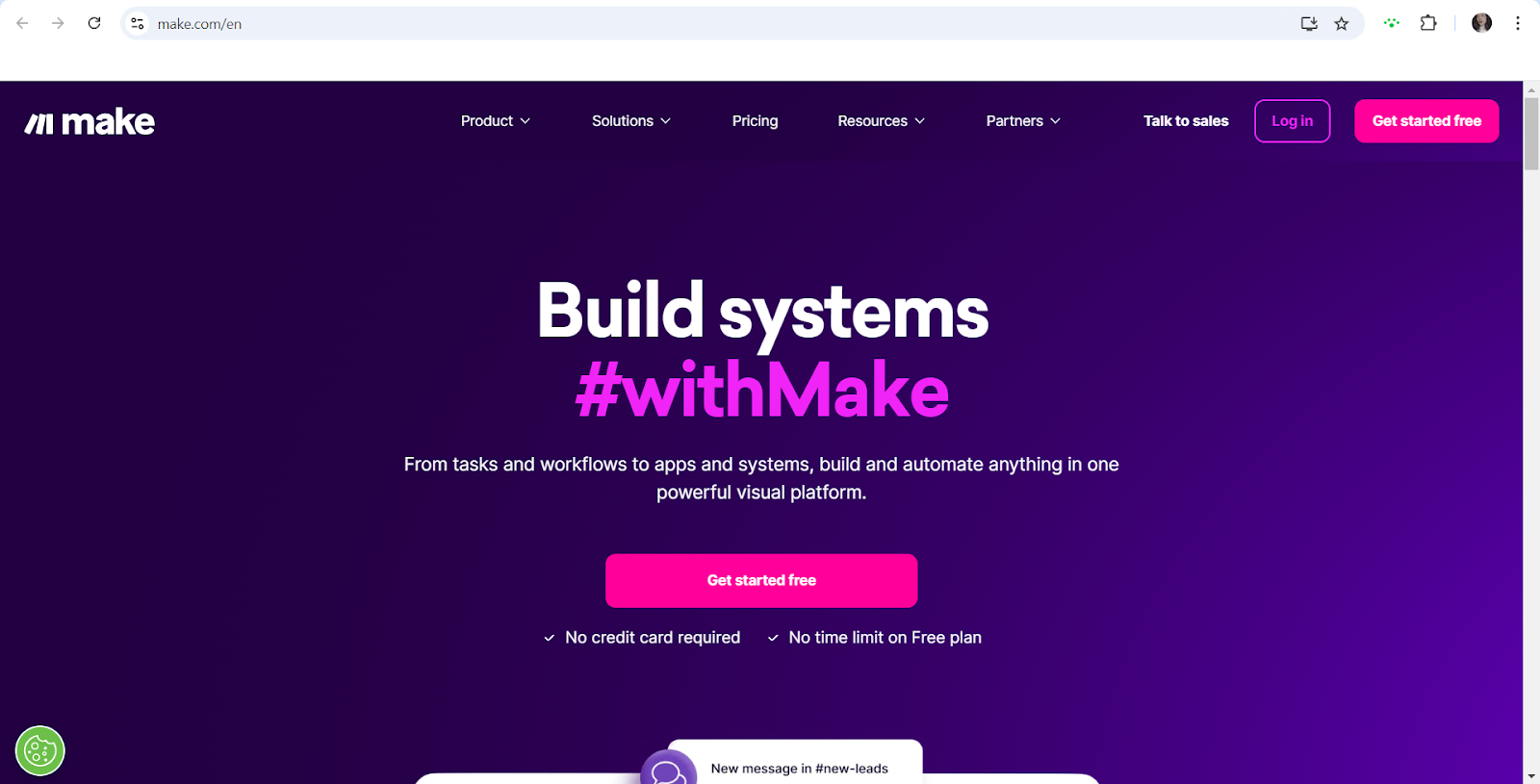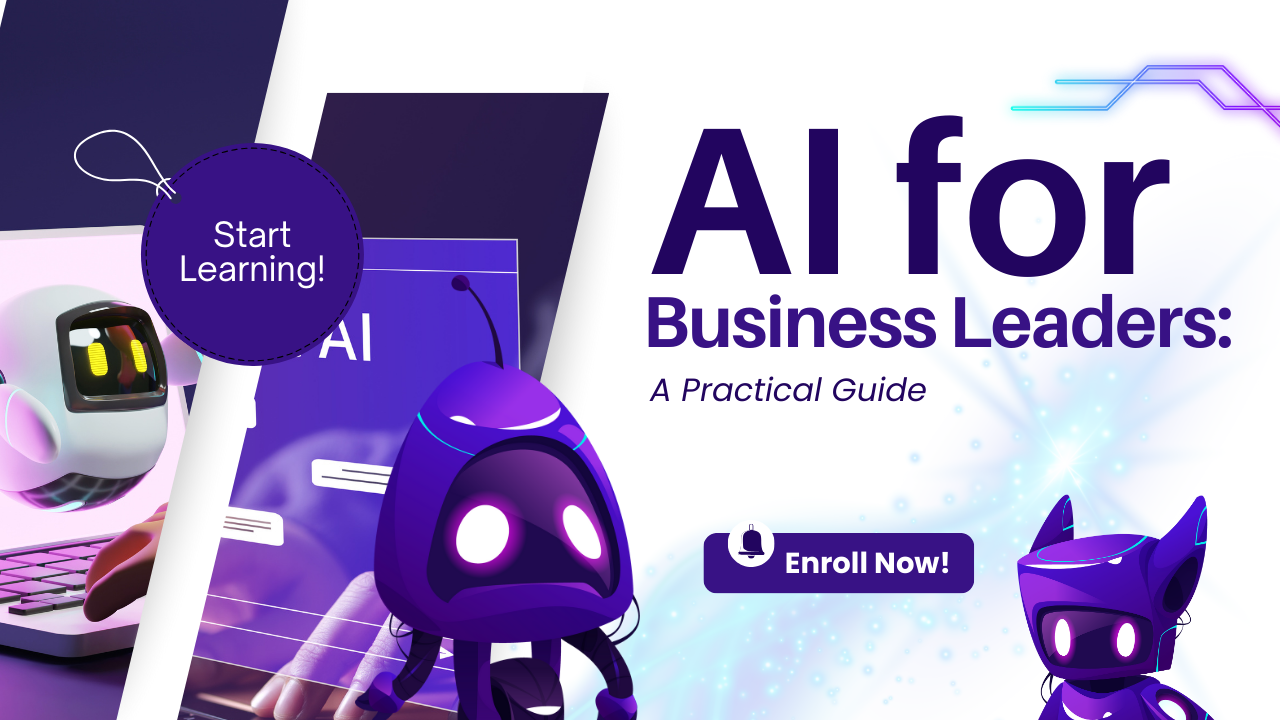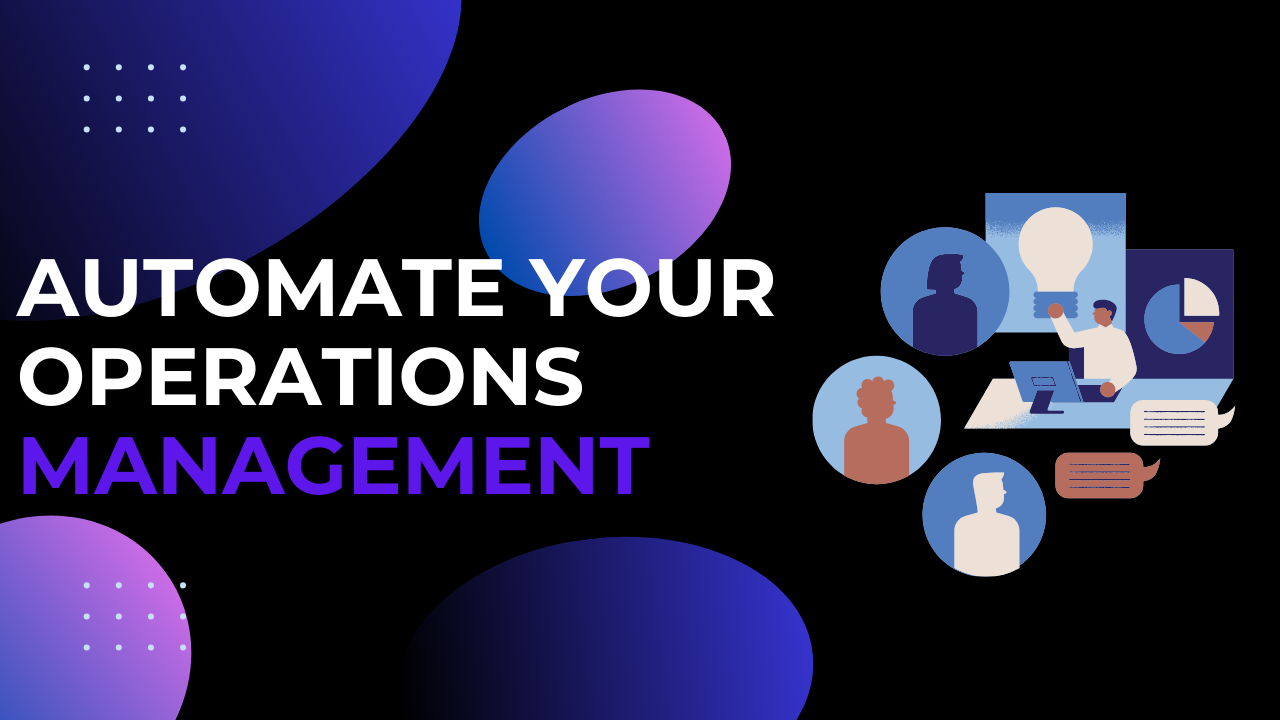In today’s fast-paced business environment, productivity is key to staying competitive. One of the most effective ways to enhance efficiency and streamline operations is through workflow automation. By implementing the right tools, businesses can reduce manual tasks, minimize errors, and free up valuable time for more strategic initiatives. In this comprehensive guide, we’ll explore eight powerful workflow automation tools that can transform your business processes and drive success.
Workflow Automation

Before diving into the tools, let’s briefly discuss what workflow automation entails. At its core, workflow automation is the process of using technology to automate repetitive tasks and streamline complex business processes. This can include anything from simple data entry to complex multi-step approval processes. The goal is to reduce human intervention, increase efficiency, and improve overall productivity.
Now, let’s explore the eight tools that can help you achieve these goals:
1. Zapier: The Integration Powerhouse

Zapier is a versatile automation platform that connects over 3,000 apps, making it a go-to solution for businesses of all sizes.
Key Features:
- Multi-step Zaps: Create complex workflows involving multiple apps
- Filters and Formatting: Customize how data moves between apps
- Zapier Paths: Create branching logic in your workflows
- Schedule: Set up time-based triggers for your automations
Benefits:
- Seamless integration between disparate apps
- No coding required for most automations
- Extensive library of pre-built workflows
Ideal Use Cases:
- Automating data transfer between CRM and marketing tools
- Streamlining customer support workflows
- Automating social media posting and engagement
2. Microsoft Power Automate: The Enterprise Solution

Formerly known as Microsoft Flow, Power Automate is a robust automation tool designed for businesses heavily invested in the Microsoft ecosystem.
Key Features:
- AI Builder: Incorporate AI capabilities into your workflows
- RPA (Robotic Process Automation): Automate legacy systems and desktop applications
- Process Advisor: Analyze and optimize your business processes
- Secure Connectors: Connect to hundreds of apps while maintaining enterprise-grade security
Benefits:
- Deep integration with Microsoft 365 apps
- Powerful desktop automation capabilities
- Advanced security and compliance features
Ideal Use Cases:
- Automating approval processes in SharePoint
- Creating custom workflows for Teams and Outlook
- Extracting data from paper forms using AI
Explore Microsoft Power Automate
3. Airtable: The Flexible Database Automation Tool

Airtable combines the power of a database with the simplicity of a spreadsheet, offering unique automation capabilities.
Key Features:
- Airtable Automations: Create custom triggers and actions within your bases
- Scripting: Use JavaScript to create more complex automations
- Integrations: Connect with popular apps and services
- Custom Views: Visualize your data in various formats (Kanban, Calendar, etc.)
Benefits:
- Highly customizable and flexible
- Visual interface for creating databases and automations
- Collaborative features for team projects
Ideal Use Cases:
- Managing and automating project workflows
- Creating automated inventory systems
- Streamlining content calendars and publishing processes
4. Nintex: The Process Automation Specialist

Nintex is a comprehensive process automation platform that caters to businesses looking to automate complex workflows across their organization.
Key Features:
- Process Mapping: Visualize and optimize your workflows
- Robotic Process Automation (RPA): Automate repetitive tasks across applications
- Document Generation: Automatically create and route documents
- eSignatures: Integrate digital signatures into your workflows
Benefits:
- End-to-end process automation capabilities
- Strong focus on document-centric processes
- Suitable for both IT and business users
Ideal Use Cases:
- Automating HR onboarding processes
- Streamlining contract management workflows
- Optimizing customer onboarding and service delivery
5. IFTTT: The Internet of Things Automator

IFTTT (If This Then That) is a user-friendly automation platform that excels in connecting various web services and IoT devices.
Key Features:
- Applets: Simple “if-then” style automations
- Rich Device Ecosystem: Connect with a wide range of smart home and IoT devices
- Button Widget: Trigger automations with a single tap on your smartphone
- Personal and Business Plans: Suitable for individual users and small businesses
Benefits:
- Easy to set up and use
- Extensive library of pre-built applets
- Great for personal productivity and smart home automation
Ideal Use Cases:
- Automating social media cross-posting
- Creating smart home routines
- Syncing data between personal productivity apps
6. Kissflow: The No-Code Workflow Platform

Kissflow is a comprehensive no-code platform that allows businesses to create, automate, and optimize their workflows without extensive technical knowledge.
Key Features:
- Visual Workflow Designer: Drag-and-drop interface for creating workflows
- Form Builder: Create custom forms to capture data
- Reports and Analytics: Gain insights into your processes
- Integration Hub: Connect with popular business apps
Benefits:
- User-friendly interface suitable for non-technical users
- Customizable to fit various business needs
- Scalable from small teams to large enterprises
Ideal Use Cases:
- Automating purchase order approvals
- Managing employee leave requests
- Streamlining customer support ticket workflows
7. Pipefy: The Process Management Powerhouse

Pipefy combines process management with powerful automation features, making it an excellent choice for businesses looking to optimize complex workflows.
Key Features:
- Kanban-style Interface: Visualize and manage your workflows
- Automation Rules: Create conditional automations based on specific triggers
- Database Connections: Link and relate data across different processes
- Custom Dashboards: Create visual reports to track KPIs
Benefits:
- Highly customizable to fit various business processes
- Strong focus on data security and compliance
- Suitable for both small teams and large enterprises
Ideal Use Cases:
- Managing and automating recruitment processes
- Streamlining customer onboarding workflows
- Optimizing IT service management
8. Make: The User-Friendly Integration Platform

Make (formerly Integromat) is a powerful yet user-friendly automation platform that has gained significant popularity in recent years.
Key Features:
- Visual Workflow Builder: Intuitive interface for creating complex scenarios
- Real-time Execution: Monitor your workflows as they run
- Data Mapping: Easily transform and map data between different apps
- Built-in Apps: Over 1000 built-in apps and the ability to create custom integrations
Benefits:
- More user-friendly interface compared to some competitors like Zapier
- Flexible pricing model based on the number of operations
- Powerful error handling and flow control options
Ideal Use Cases:
- Automating marketing workflows across multiple platforms
- Creating complex data processing and transformation scenarios
- Building custom integrations for unique business needs
Emerging Trends: AI Agents and LLM Integration

As artificial intelligence continues to evolve, new tools are emerging that leverage AI to create even more powerful automation possibilities. Two notable trends in this space are AI agents and the integration of Large Language Models (LLMs) into workflow automation.
AI Agents for Automation
AI agents are software entities that can perform tasks or services without direct human intervention. They use machine learning algorithms to make decisions and take actions based on their environment and goals. Some platforms specializing in AI agent creation include:
- Relevance AI: This platform allows users to create AI agents that can understand and process unstructured data, making it ideal for automating tasks involving text analysis, sentiment detection, and more.
- Botpress: An open-source platform for building conversational AI, Botpress can be used to create chatbots and virtual assistants that integrate with your workflow automation.
Integrating LLMs into Workflow Automation
Large Language Models (LLMs) like GPT-3, BERT, and others are revolutionizing natural language processing. Integrating these models into workflow automation can enable more sophisticated text analysis, content generation, and decision-making processes. Platforms like Botpress offer integration with various LLM models:
By incorporating LLMs into your workflows, you can automate tasks such as:
- Content summarization and generation
- Sentiment analysis for customer feedback
- Automated email response drafting
- Language translation in multilingual workflows
Hugging Face, a popular platform for sharing and deploying machine learning models, is another valuable resource for integrating AI capabilities into your automation workflows:
Challenges in Workflow Automation

While workflow automation offers numerous benefits, it’s important to be aware of potential challenges:
- Complexity: As workflows become more intricate, they can be challenging to design, implement, and maintain.
- Data Security: Automating processes often involves sharing data between different systems, raising security concerns.
- Over-automation: There’s a risk of automating processes that would benefit from human judgment, potentially leading to errors or inefficiencies.
- Integration Limitations: Some tools may have limitations in integrating with legacy systems or niche applications.
- User Adoption: Employees may resist changes to established workflows, necessitating proper training and change management.
- Cost Management: While automation can save money long-term, initial implementation costs can be significant.
User Feedback and Platform Comparisons
Based on user feedback gathered from various sources, including Perplexity:
- Make.com vs. Zapier: Many users find Make.com more user-friendly and flexible than Zapier, particularly for complex workflows. However, Zapier is often praised for its wider range of integrations and simpler interface for basic tasks.
- Microsoft Power Automate: Users appreciate its deep integration with Microsoft products but note a steeper learning curve compared to some other platforms.
- Airtable: Highly regarded for its flexibility, but some users find its automation features less powerful than dedicated automation platforms.
- IFTTT: Praised for its simplicity but often considered limited for complex business workflows.
- AI-driven Tools: While exciting, tools leveraging AI agents and LLMs are still emerging. Users report powerful capabilities but also mention ongoing refinement of these technologies.
When choosing a workflow automation tool, consider your specific needs, technical expertise, and budget. It’s often beneficial to take advantage of free trials to test different platforms before committing.
Choosing the Right Workflow Automation Tool

With so many options available, selecting the right workflow automation tool for your business can be challenging. Here are some factors to consider:
- Integration Capabilities: Ensure the tool can connect with the apps and services you already use.
- Ease of Use: Consider the technical expertise of your team. Some tools require more coding knowledge than others.
- Scalability: Choose a tool that can grow with your business and handle increasing workflow complexity.
- Cost: Evaluate the pricing structure and ensure it aligns with your budget and expected ROI.
- Security and Compliance: For businesses in regulated industries, ensure the tool meets necessary security standards.
- Support and Training: Look for tools that offer comprehensive documentation, training resources, and customer support.
Implementing Workflow Automation: Best Practices

To make the most of your chosen workflow automation tool, consider these best practices:
- Start Small: Begin by automating simple, repetitive tasks before moving on to more complex processes.
- Document Your Processes: Before automating, thoroughly document your existing workflows to identify improvement opportunities.
- Involve Stakeholders: Include team members who are directly involved in the processes you’re automating to gain valuable insights.
- Test Thoroughly: Rigorously test your automated workflows before fully implementing them to catch any issues early.
- Monitor and Optimize: Regularly review your automated processes and look for opportunities to further optimize and improve.
- Provide Training: Ensure your team is properly trained on how to use and benefit from the new automated workflows.
The Future of Workflow Automation

As artificial intelligence and machine learning continue to evolve, we can expect workflow automation tools to become even more powerful and intelligent. Some trends to watch for include:
- Predictive Analytics: Automation tools will increasingly use data to predict bottlenecks and suggest optimizations.
- Natural Language Processing: Interfaces will become more intuitive, allowing users to create workflows using natural language commands.
- Augmented Reality Integration: AR could be used to provide real-time guidance for physical tasks that are part of automated workflows.
- Blockchain Integration: Increased use of blockchain technology for secure, transparent, and automated transactions within workflows.
Conclusion
Workflow automation is no longer a luxury—it’s a necessity for businesses looking to stay competitive in today’s fast-paced environment. By implementing the right tools and following best practices, you can significantly boost your team’s productivity, reduce errors, and free up valuable time for strategic initiatives.
Whether you choose the integration power of Zapier, the enterprise capabilities of Microsoft Power Automate, or the flexibility of platforms like Airtable or Kissflow, the key is to start automating and optimizing your workflows today. Remember, the goal is not just to automate for the sake of automation, but to create more efficient, effective, and enjoyable work processes for your team.
As you embark on your automation journey, keep in mind that it’s an iterative process. Continuously evaluate your workflows, gather feedback from your team, and be open to adjusting your approach as needed. With persistence and the right tools, you’ll be well on your way to achieving new levels of productivity and success in your business.
As we look to the future of workflow automation, the integration of AI agents and large language models promises to unlock even greater possibilities. By staying informed about these developments and carefully selecting the right tools for your needs, you can position your business at the forefront of productivity and innovation.
Remember, the key to successful workflow automation lies not just in the tools you choose, but in how you implement them. Start small, focus on high-impact processes, and continuously refine your approach based on feedback and results. With the right strategy and tools, you can transform your business operations and achieve new levels of efficiency and productivity.










